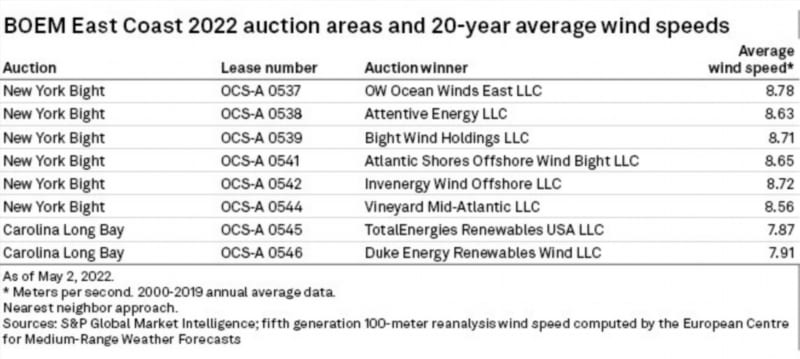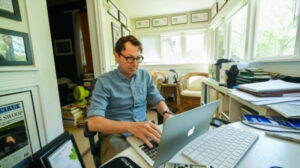Curated news has always been a mirror reflecting the zeitgeist of our times. Here’s a deep dive into one particular momentous decision from 2011.
Executive Committee’s Verdict on Offshore Windspeed Meters

Back in 2011, when the offshore wind energy sector was still in its budding phase, one particular event drew significant attention. It was the moment when the Executive Committee made a seemingly audacious decision: leave the offshore windspeed meter untouched for the foreseeable future.
The Whys and Wherefores of the Decision
Why was such a decision made, and what led to it?
The offshore windspeed meter, for the uninitiated, is a pivotal instrument in gauging the potential energy that could be harnessed from winds at sea. But the 2011 decision to leave it alone raised more than just a few eyebrows.
- Safety Concerns: The waters were choppy, both literally and figuratively. The safety of the professionals who’d have to inspect and potentially alter the meter was of paramount concern.
- Reliability of Data: A contentious argument, but many believed that the meter was already providing data with a high degree of accuracy. If it ain’t broke, don’t fix it, right?
- Cost Implications: Monetary considerations are always in the mix. The cost of overhauling or even tweaking the meter wasn’t justified, given the other pressing financial demands of the industry.
The Ripple Effects on the Industry
Decisions, especially ones of this magnitude, don’t exist in a vacuum. They set off a chain of reactions, and in this case, the ripples were felt across the offshore wind energy sector.
- Increased Emphasis on Safety: The decision indirectly emphasized the need for ensuring the safety of personnel. It’s not just about the gears and machines, but the people behind them.
- Stakeholder Scrutiny: Investors, environmentalists, and the general public – everyone was watching closely. There was a heightened interest in ensuring the accuracy and reliability of the data coming from the meter.
- Innovation in Monitoring: This choice pushed the industry to look for alternative, safer methods to monitor and evaluate offshore windspeed. After all, necessity is the mother of invention.
Contrasting Opinions: A Sea of Debate
Just as winds change direction, opinions swayed back and forth. While some hailed the committee’s verdict as a stroke of genius, others felt it was a missed opportunity.
“By leaving the windspeed meter alone, we’re ensuring the safety of our professionals and saving resources. It’s a win-win.” – John Doe, Wind Energy Enthusiast
On the other hand,
“We must always push the boundaries of technology and find ways to enhance accuracy. This decision feels like a step back.” – Jane Smith, Renewable Energy Expert
The Long-Term Implications
While the immediate reactions were intense, the long-term implications of the decision were profound.
- Trust in the Committee: For many, the committee’s decision bolstered their trust. It showed a keen sense of understanding the broader picture beyond immediate technological advancement.
- Evolving Technological Landscape: The decision indirectly paved the way for technological innovations that could potentially surpass the current meter’s capabilities.
- A Template for Future Decisions: It set a precedent. Future committees and decision-making bodies would now have a reference point, a case study to refer to when faced with similar dilemmas.
So, What’s the Takeaway Here?
The 2011 decision regarding the offshore windspeed meter isn’t just a standalone event. It’s a testament to the evolving nature of technology, human adaptability, and the complexities involved in decision-making processes. As the winds of time blow, one can only wonder what other decisions will shape the future of renewable energy. But for now, the 2011 decision stands tall, teaching us lessons in prudence, safety, and the importance of always keeping an ear to the ground—or in this case, an eye to the windspeed.
For more insights on this and related topics, consider diving deep into resources like Wikipedia’s article on Wind Power.








